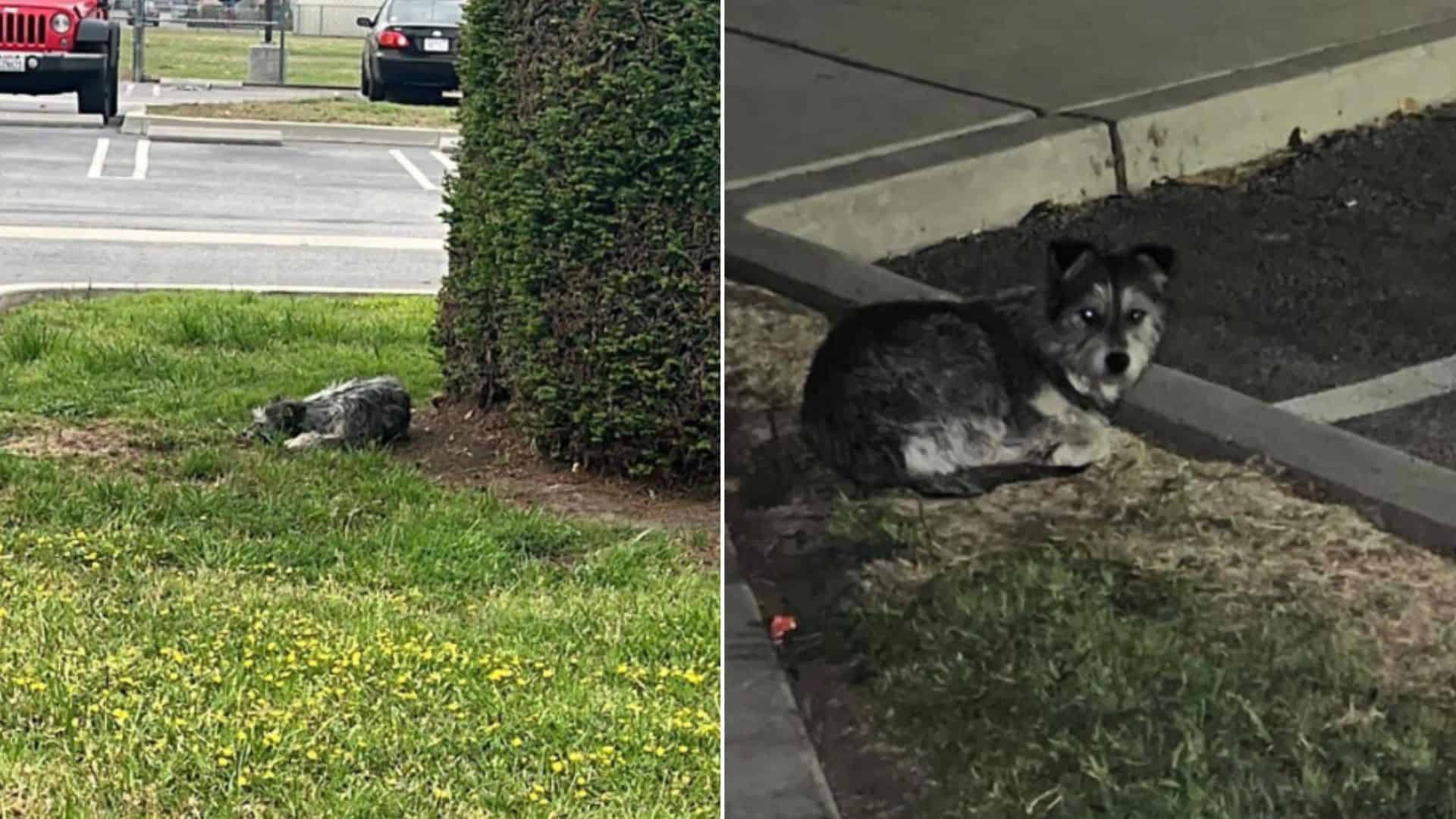
A heartbreaking story comes from Southern California, where a tiny gray-and-white dog was spotted lying in a school parking lot next to the school’s shrubs.
She was waiting for her family who abandoned her to come back, refusing to leave that very spot, and hiding from anyone who wanted to help her.
Weeks went by, but no one claimed this dog, nor did anyone come back for her. She was all alone in this world, still not realizing that her previous owners are no longer her family…
Little Doggo Girl Was Inclined To Wait For Her Hoomans To Come Back

Despite the fact that no one came back for her for fifteen days, this little dog girl refused to budge from the parking lot shrubs. She was inclined to wait for as much as she needed to for her family to come back.
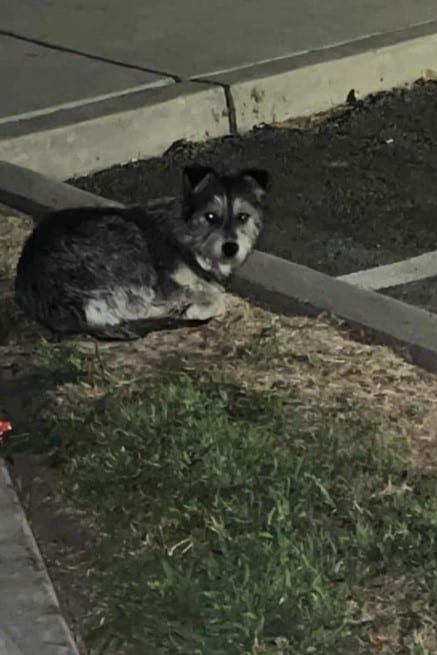
Many people tried to help her, sharing her photos online in hopes of finding her family, but no one ever claimed her. And, even when someone would try to approach her directly, she’d always hide, until one day, a woman named Suzette Hall came by.
Suzette Made Sure The Dog Got A Fresh Start
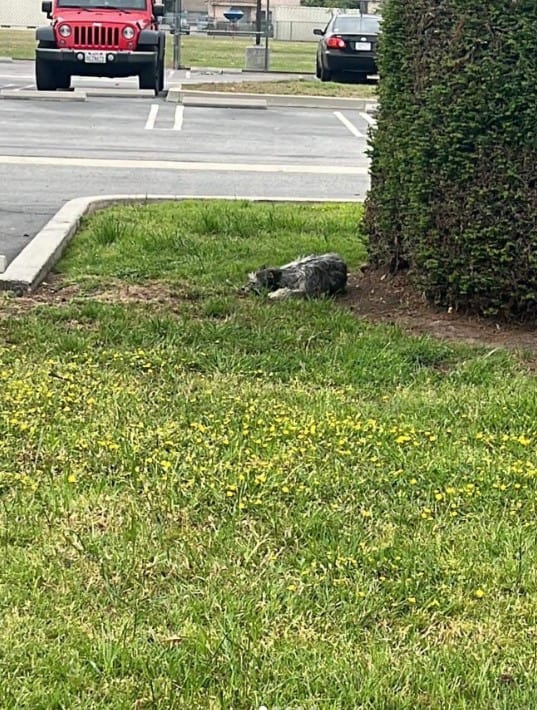
Source: @logans_legacy29
Suzette is the founder of the Logan’s Legacy animal rescue in Irvine, California. When she came across the dog’s story, she had no doubts about helping her. Suzette drove herself to the school and searched for this doggo.
“For 15 days, there she was in the morning, afternoon, and then the night. Neighbors tried to help her, but she was too scared. I know she believed if she stayed there, they would come back for her. Loyal little girl,” she wrote.
As she was extremely fearful and shy, Suzette decided to set a humane trap with a hot dog in it. Even though this pup wasn’t exactly starved as she was fed by kibble, Suzette chose the right food to lure her in!
When she finally got her, the doggo girl was frightened and panicky, but she eventually calmed down and fell asleep in Suzette’s car. She decided to name the dog “Scarlet”.
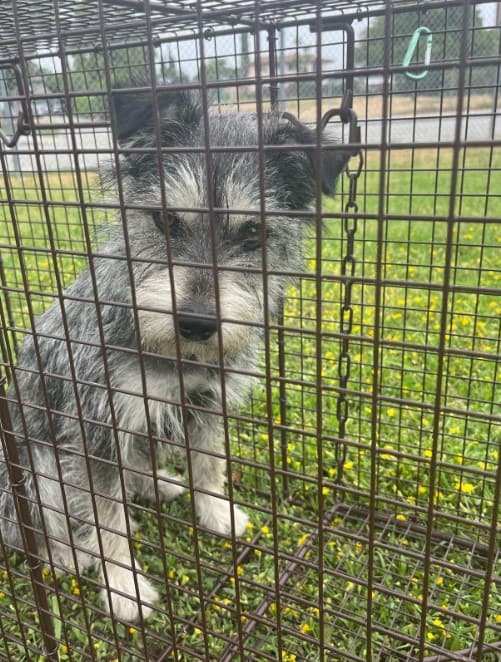
 Source: The Dodo Even though she’s now happy in a new foster home, Scarlet’s still seeking for her furever family. This lovable dog is easy-going, affectionate, and she pretty much gets along with everyone she meets.Adapting to a new family is definitely not going to be a problem for Scarlet, as she’s naturally a sweet doggo with great social skills!Suzette has one condition for the future family who decides to adopt Scarlet, though – it has to be someone who will never, ever leave her again!Scarlet being abandoned once again under some tree is simply inadmissible, and Suzette hopes she will finally learn what true love looks like. We wish for little Scarlet to find her pawfect home as soon as possible!
Source: The Dodo Even though she’s now happy in a new foster home, Scarlet’s still seeking for her furever family. This lovable dog is easy-going, affectionate, and she pretty much gets along with everyone she meets.Adapting to a new family is definitely not going to be a problem for Scarlet, as she’s naturally a sweet doggo with great social skills!Suzette has one condition for the future family who decides to adopt Scarlet, though – it has to be someone who will never, ever leave her again!Scarlet being abandoned once again under some tree is simply inadmissible, and Suzette hopes she will finally learn what true love looks like. We wish for little Scarlet to find her pawfect home as soon as possible!Ty Pennington Hits Back with a Stunning Response After Body-Shaming Comments!
Ty Pennington is famous for being the handsome carpenter on *Trading Spaces*, the DIY show that inspired fans everywhere to try designing their own spaces.
After 20 years on TV, some fans are now suggesting that Ty should get a makeover himself.
Ty Pennington Hits Back with a Stunning Response After Body-Shaming Comments!
Ty Pennington is famous for being the handsome carpenter on *Trading Spaces*, the DIY show that inspired fans everywhere to try designing their own spaces.
about:blank
After 20 years on TV, some fans are now suggesting that Ty should get a makeover himself.
about:blank

Born Gary Tygert Burton, Pennington, now 58, is known for his playful side. He loves sharing funny videos of his dance moves on Instagram, often with his new wife laughing in the background.
Pennington is a natural entertainer. He used to be a model for J-Crew and initially wanted to be a graphic designer, working in construction to support himself while he was in art school.
After a serious car accident at 27 ended his modeling career, he decided to switch to carpentry.
“I thought my career was taking off, but then I had a terrible car accident,” Pennington says. “I put away my modeling headshot, grabbed my tool bag, and went back to construction. Nine years later, I got a call to audition for *Trading Spaces*… and the rest is history.”

Pennington first got noticed in Hollywood as a set designer for the 1995 film *Leaving Las Vegas*, starring Nicolas Cage. But it was his role as a builder on *Trading Spaces*—a show that changed how people think about home renovations—that made him famous.
After *Trading Spaces*, Pennington hosted *Extreme Makeover: Home Edition* from 2003 to 2012, winning two Primetime Emmy Awards for the show.
When Jesse Tyler Ferguson from *Modern Family* took over hosting in the show’s 11th season and for part of the 2020 revival, Pennington admitted on Instagram that it was tough for him. He felt his ego took a hit and started doubting himself. But he acknowledged that the job was never just about him and still considered it one of his best experiences.
Pennington didn’t let this setback stop him. He returned to *Trading Spaces* for its revival from 2018 to 2019.
Now, he’s a mentor and design expert on HGTV’s *Battle on the Beach*, which is in its third season, and he hosts *Rock the Block*, now in its fourth season.

Pennington has written two books: *Good Design Can Change Your Life: Beautiful Rooms, Inspiring Stories* and *Ty’s Tricks: Home Repair Secrets Plus Cheap and Easy Projects to Transform Any Room.*
He is also open about having ADHD and works to raise awareness about it.
In 2007, when he was 41, he was charged with a DUI. He was put on three years of probation and had to complete a 90-day alcohol program.
“Drinking and driving is never okay. I’ve admitted my mistake and will follow the court’s decision. I hope this experience helps others as much as it has helped me,” he said.
In November 2021, the popular builder married Kellee Merrell, a social media manager from Vancouver, who enjoys his daily funny posts.
Last year, after he posted a funny video of himself on the beach with his shorts hiked up, some fans criticized his now bigger stomach compared to his old six-pack abs. He responded with, “…by the way, I’m pushing my stomach out, but okay…”
The *Extreme Makeover: Home Edition* star, who still looks great, has faced negative comments about his age and appearance.
In a long Instagram post titled “Thoughts on Aging,” Pennington responded to the criticism he received. He reminded people to be kind to both men and women.
He wrote: “What started as a funny moment to make my wife laugh ended up being torn apart by strangers. With lots of views comes a lot of hate! Comments like ‘disgusting,’ ‘gross,’ ‘oh, he’s so old now,’ and ‘he’s gotten fat’ made me wonder if I’d get the same comments if I was still young and fit. There’s a strong movement to accept all body types and aging for women, which is fantastic, but maybe we should offer the same kindness to men?”
Pennington, known for *Trading Spaces*, mentioned that he was much younger when he first appeared on TV.
He said, “I often get comments like ‘What happened to him???’ Someone even said it’s due to ‘lack of exercise,’ which isn’t true. I work out harder than ever—seven days a week (being over 50 is no joke). What happened is that it’s been 22 YEARS since I first appeared on TV! No, I don’t have a six-pack or the same hairstyle, but I have gained wisdom, empathy, and life lessons. At 57, I’ve never been happier! I’m human and I have feelings. Yes, I’m older, but I think it’s pretty cool.”

We think Ty Pennington is still hot and we love watching his silly Instagram videos. What is your favorite show with Pennington? And did you catch the DIY bug after watching Trading Spaces?
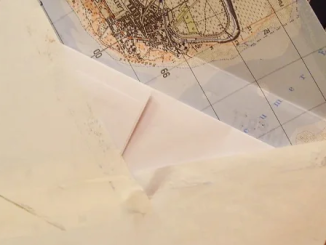
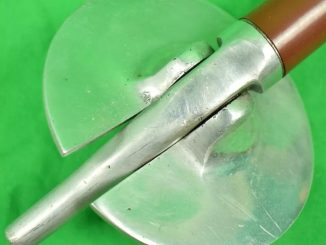
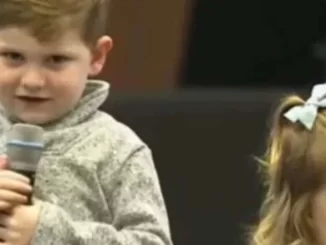
Leave a Reply